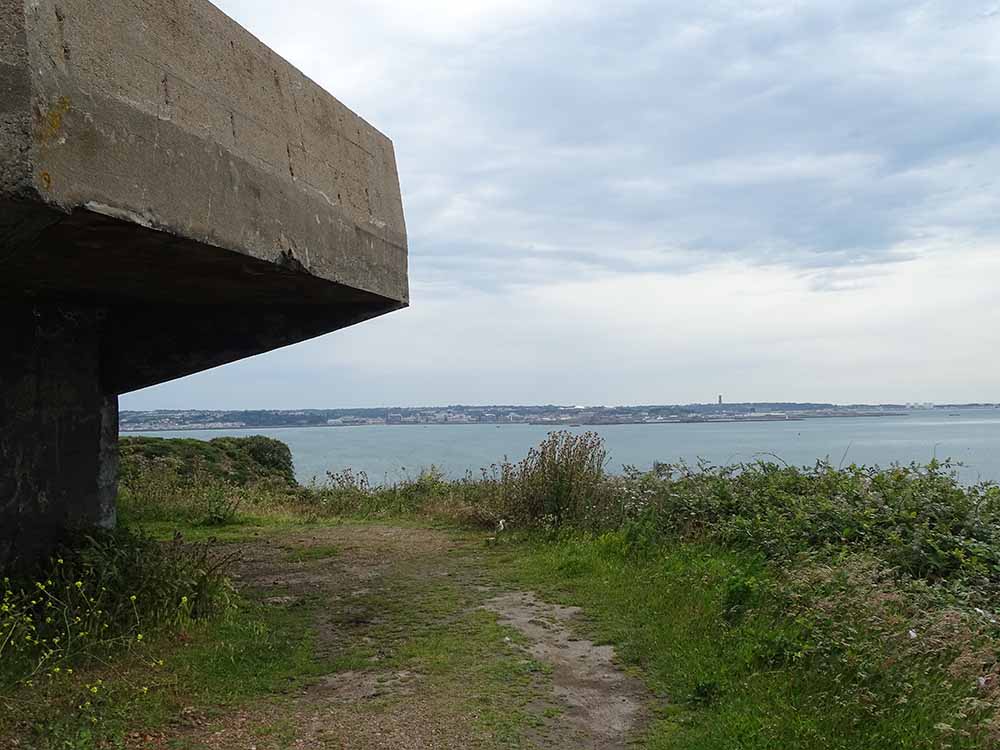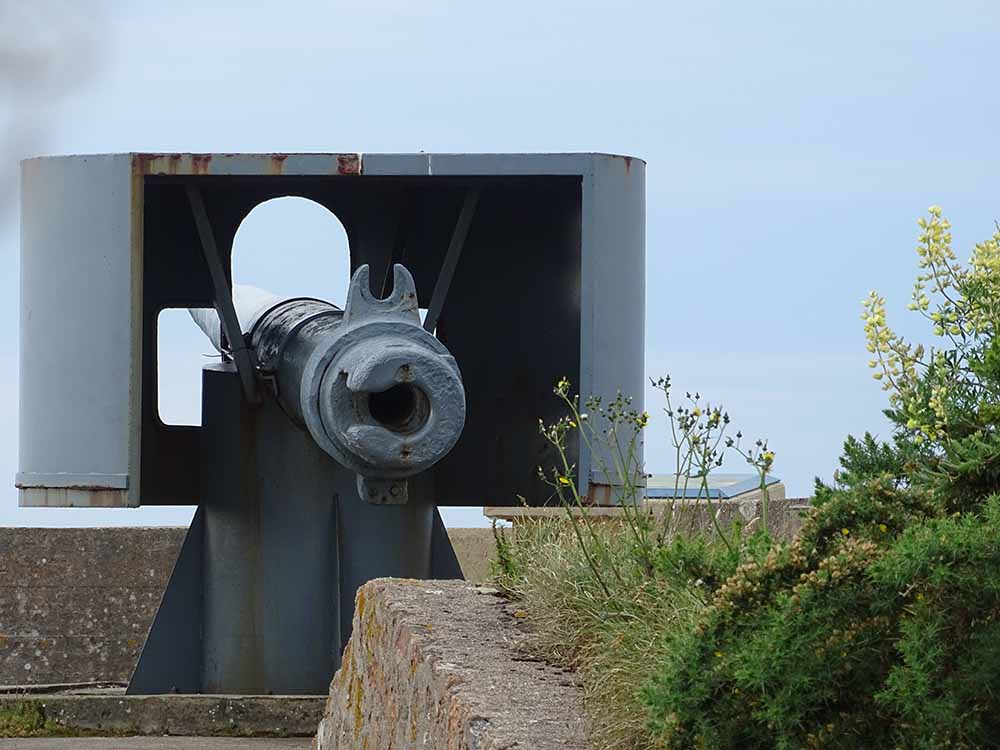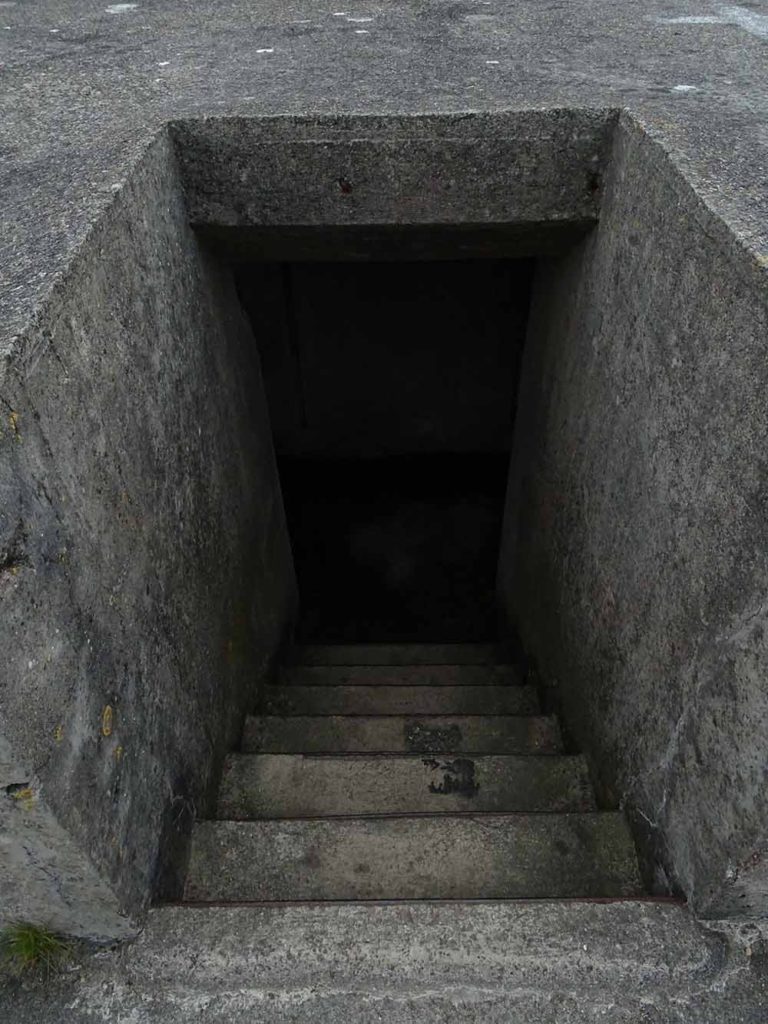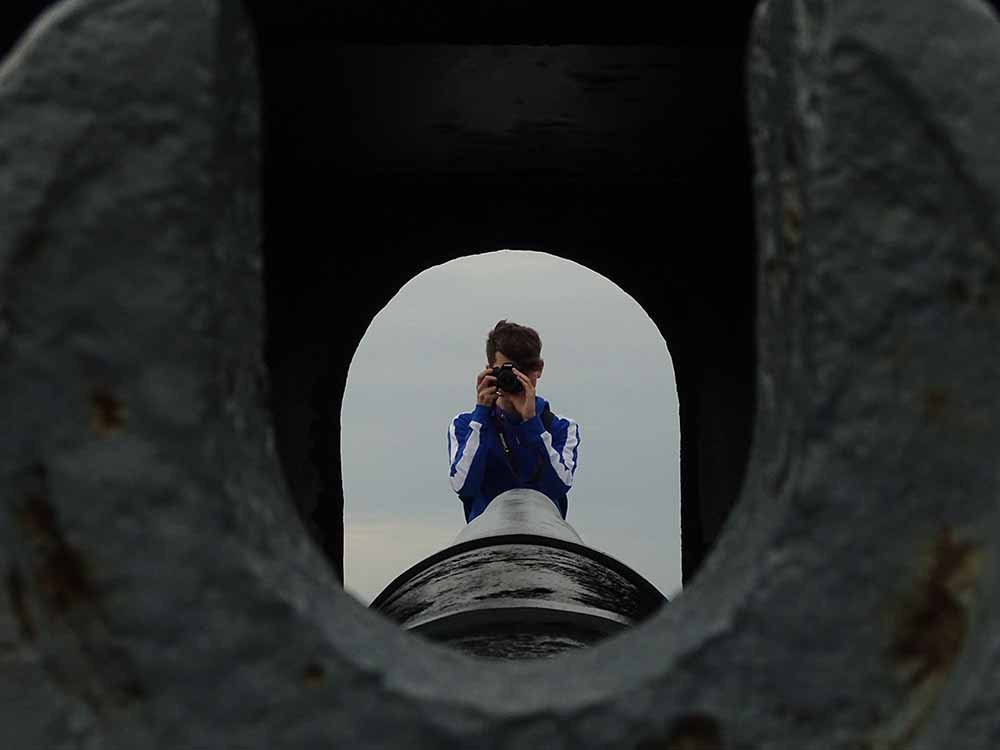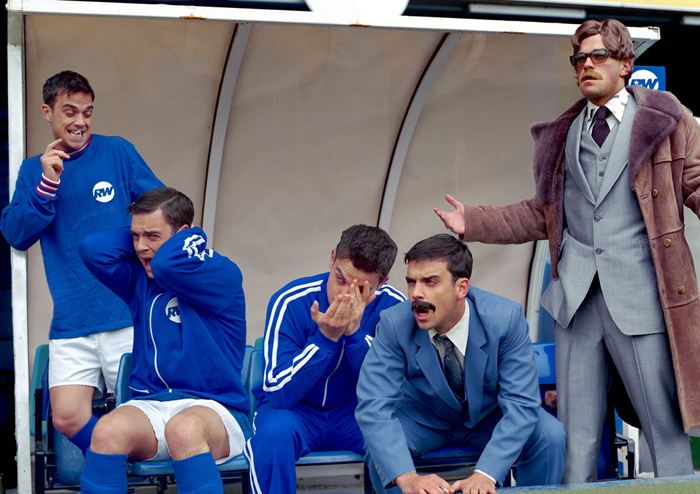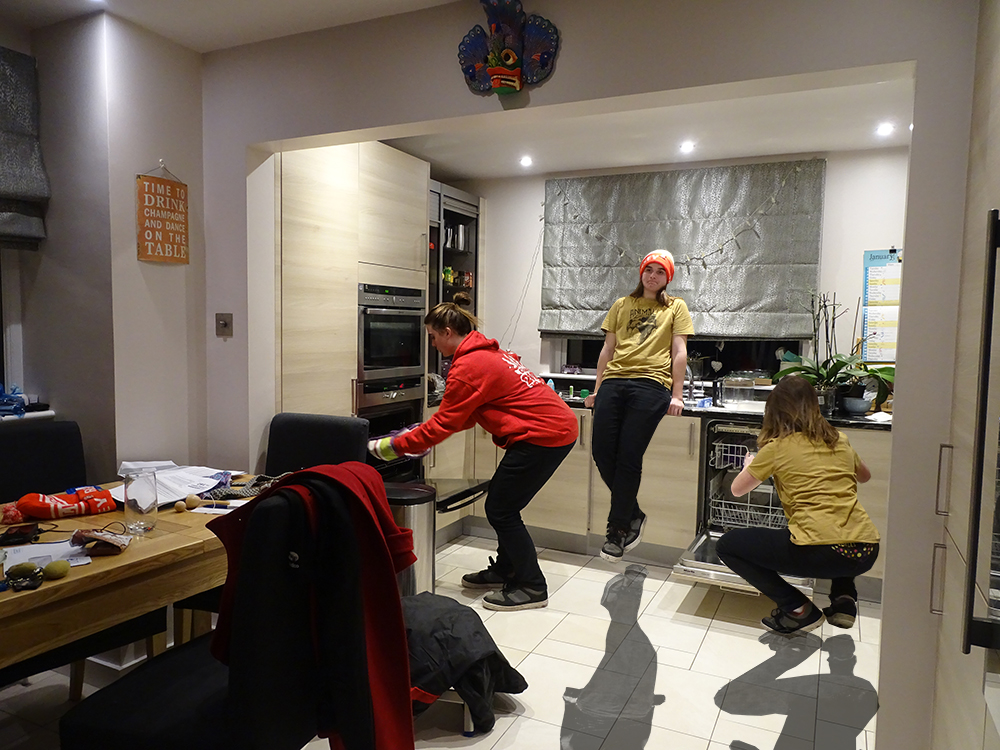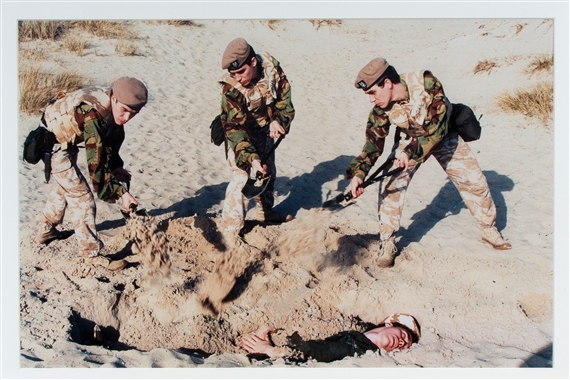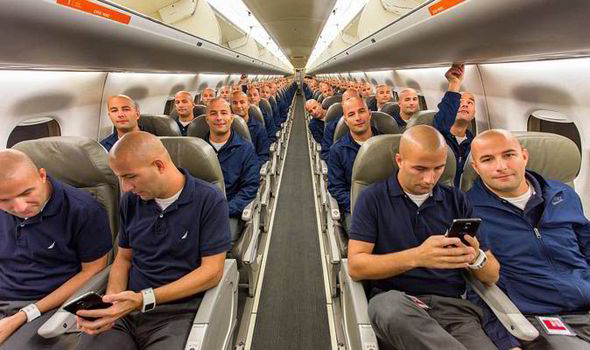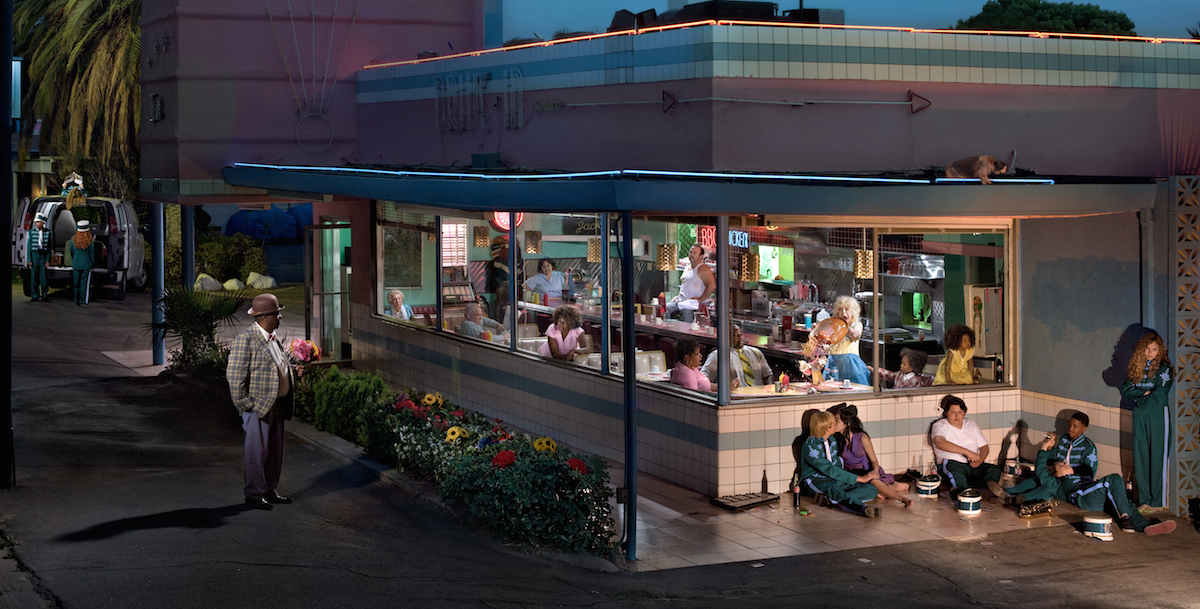Identity is the qualities, beliefs, personality, looks and/or expressions that make a person or group.
A persons identity is defined as the totality of one’s self-construal, in which how one construes oneself in the present expresses the continuity between how one construes oneself as one was in the past and how one construes oneself as one one aspires to be in the future. This allows for definitions of aspects of identity.
Gender identity forms an important part in identity, as it dictates to a significant degree on how one views oneself both as a person and in relation to other people, ideas and nature. There are many stigmas and stereotypes in Gender identities, these include how society expect men and women to behave on an account of their gender. The different stereotypes on women are; dressing in a typically feminine way, speaking clearly and politely, that they should be accommodating and nurturing. Whereas men should be big, butch, strong, aggressive and very bold.
Cultural Identity is the identity of belonging to a group. It is part of a person’s self-conception and self-perception and is related to nationality, ethnicity, religion, social class, generation and locality. In this way cultural identity is both characteristic of the individual but also of the culturally identical group of members sharing the same cultural identity or upbringing. This can be shown by having people from the same race, ethnic or religious group in a photo together showing people from the same background together. You could even have people from different upbringings and ethnic backgrounds together, this would show how we can make our own identity and not stick to the stereotypical group society has made for us.
Social Identity is the portion of an individual’s self-concept derived from perceiving membership in a relevant social group. As originally formulated by social psychologists. It is a person’s sense of who they are based on their group membership. These proposed groups are Social class, family, friendship groups and sport teams etc…. which people belonged to were an important source of pride and self-esteem. This can be shown by having a photo of a person stood out with a group of their group, this can be done be making their outline bold or by even singling them out by blurring out the frame from around them.
Loss/lack of identity can emerge if one is taken from a group or situation which one ha belong to for a while or if one has a strong bond with someone from that group. When we lose our identity we lose a sense of self, we are then likely to seek our sense or self-worth from someone else. In photography loss of self is easy to show by blurring out a persons face or blurring/ridding a person of a facial feature showing they have a lost a part of themselves, making them incomplete.
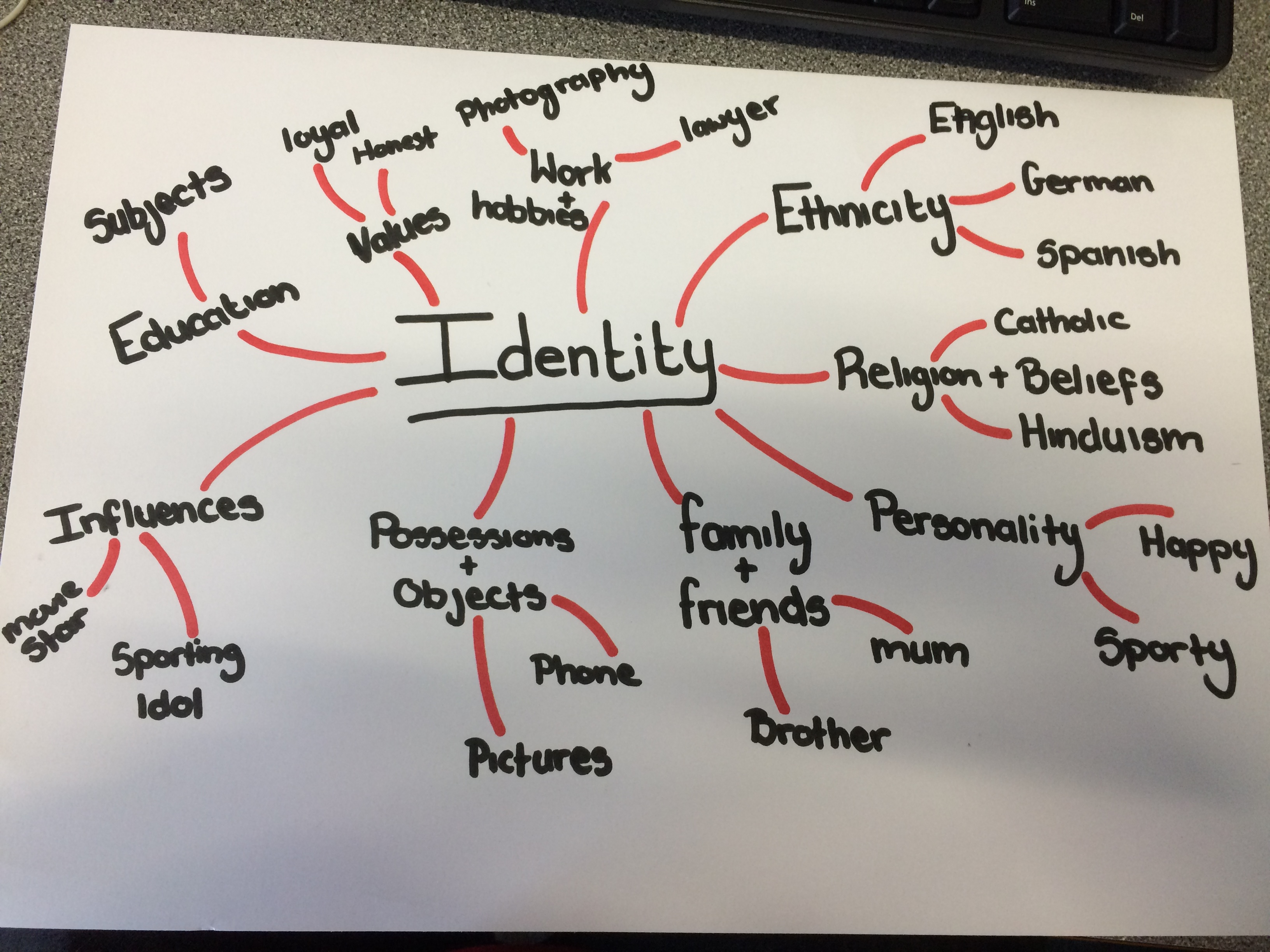
Laia Abril was born in 19986 in Barcelona, Spain. Abril (since 2010) has been working on various projects revolving around the themes of Loss and memory, Eating Disorders and Body Image. She made a short film about a young girl struggling with bulimia (Thinspiration) and The Epilogue, documenting the indirect victims of eating disorders, through the story of the Robinson family and the aftermath of the death of Cammy Robinson to bulimia. Another thing that Abril focuses on is the hidden realities related to sexuality and gender equality.
I feel positive about the issues that Abril talks about and displays using her photographs, as it is in a dead mans territory, this is because it is an ongoing issue that will affect most of our lives but no one will speak about it. Labeling these issues gives people the confidence to talk about and seek advice for these things. Whilst most of her photos seem in poor taste and can upset people they are a real issue that brings the most appalling negativity in peoples lives. 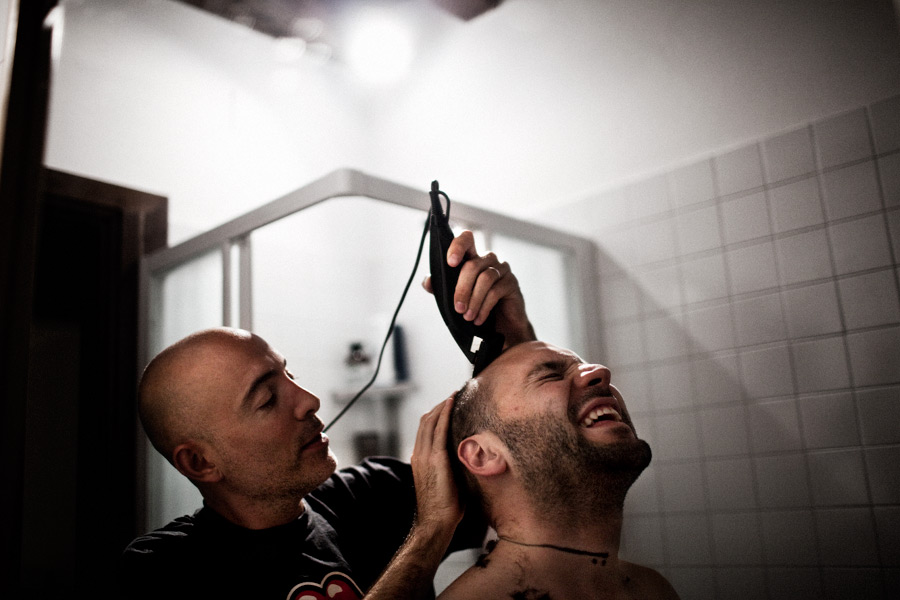
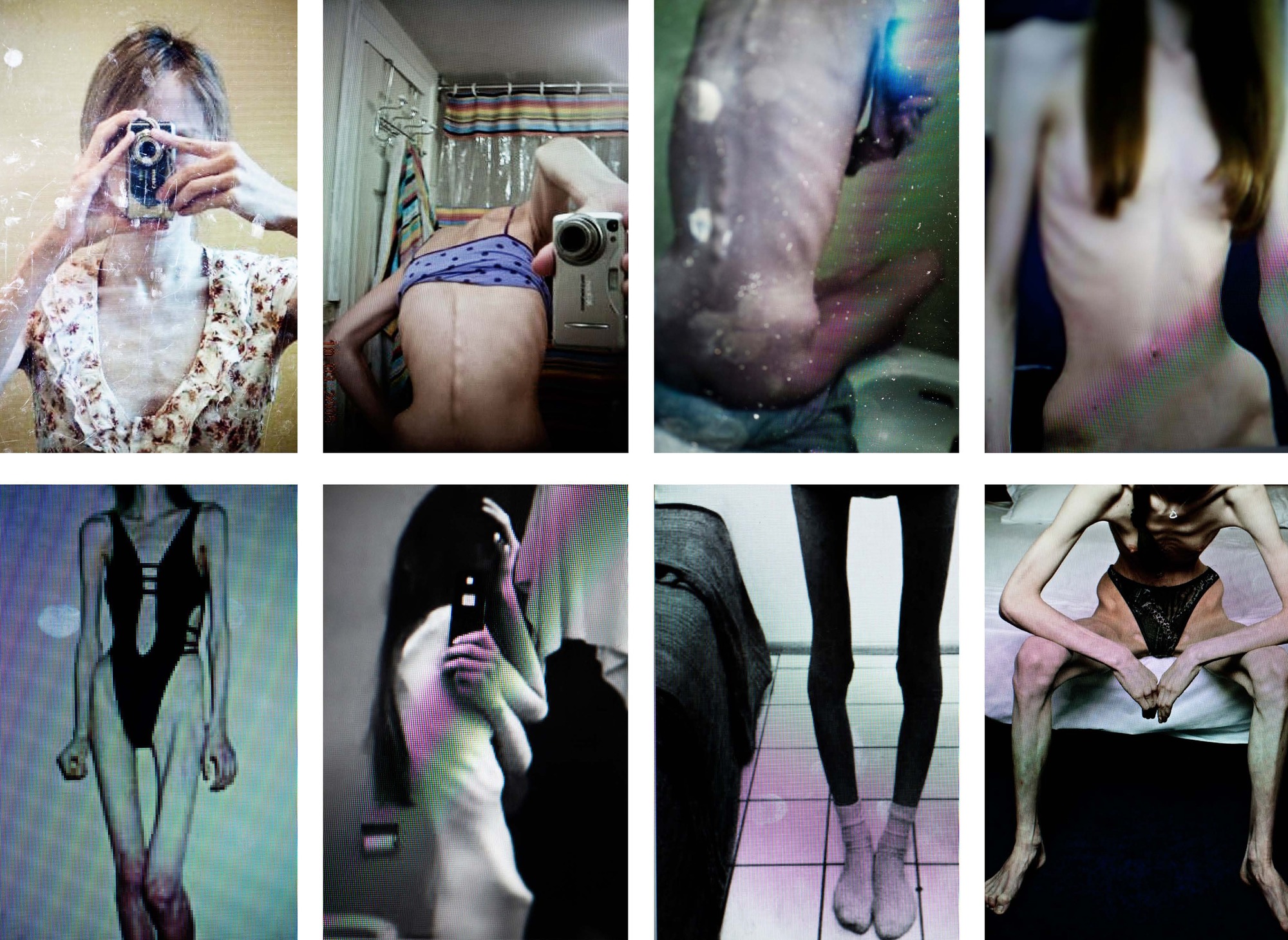
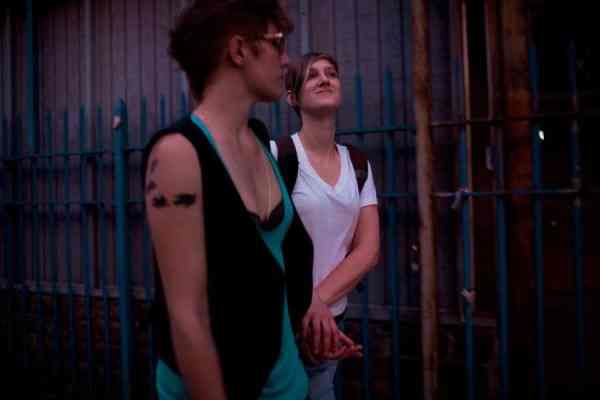
These photos produced by Laia Abril show both issues of body image and eating disorders and sexuality.
She decided to focus her projects in telling intimate stories which raises uneasy realities related with femininity. In the photo above she is showing her work on her project on the young lesbian community in Brooklyn.
